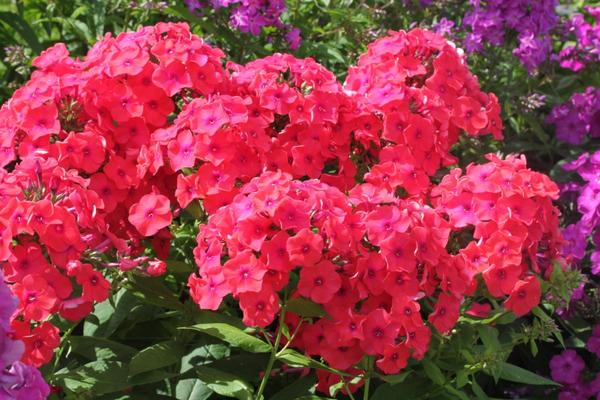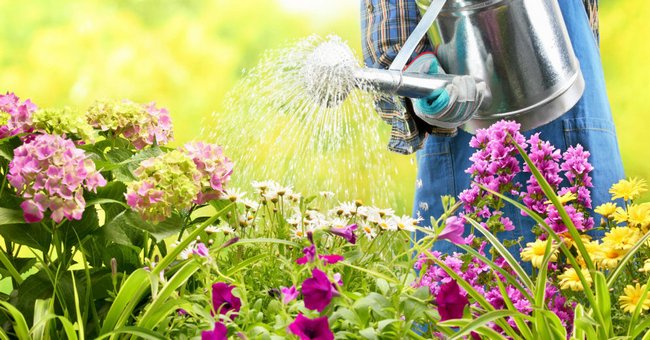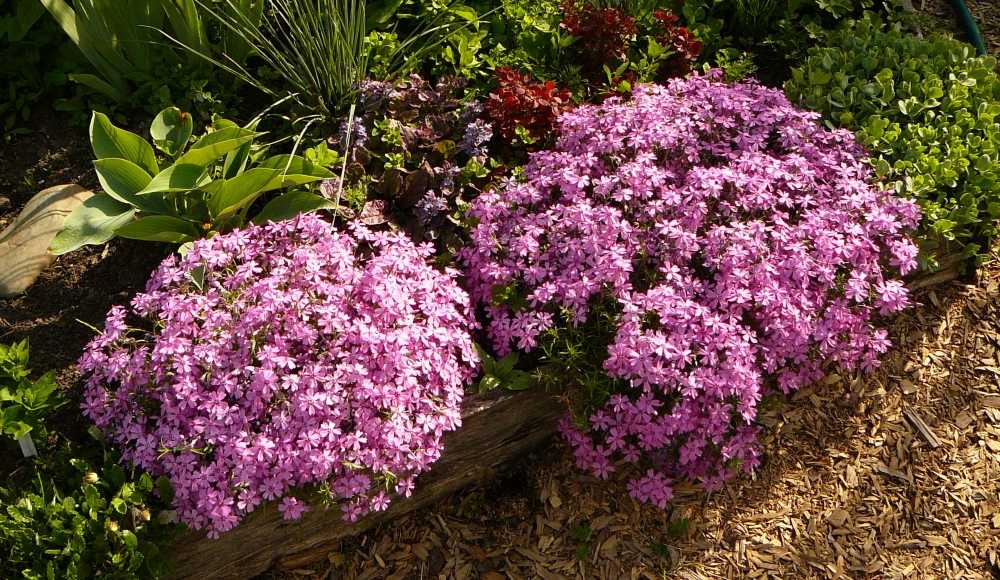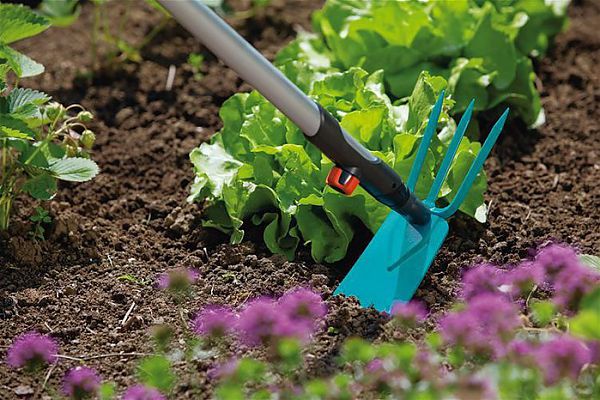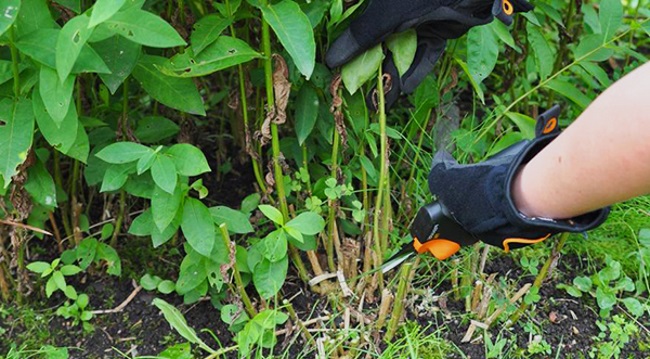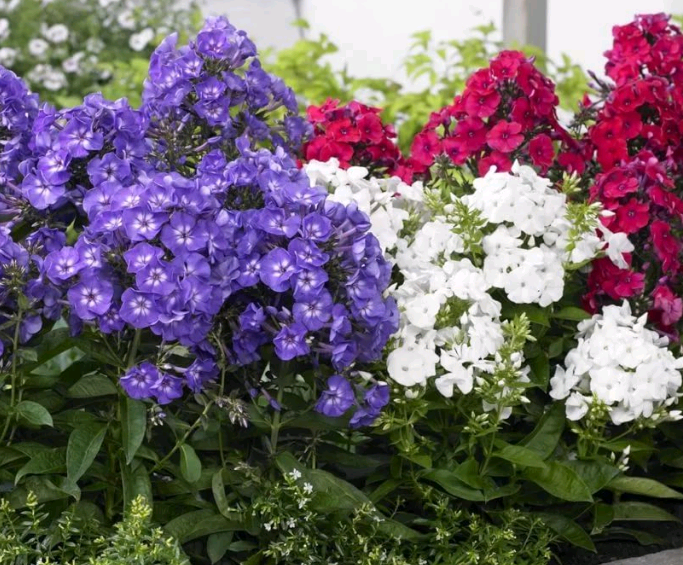Content:
Phlox are herbaceous plants that adorn gardens and summer cottages from early spring to late autumn. This bright plant is widespread due to its good decorative qualities. Phlox are considered unpretentious perennial flowers that can grow in areas with any soil and degree of light. However, these plantings have their own characteristics, so it will be useful for novice growers to learn how to care for phlox.
General rules for caring for phlox at home
The main care for flowering plants is watering, loosening the soil and feeding. For growing this perennial flower, loamy soil will be the best option, but phlox can take root on any soil. Low-growing varieties will need more attention as it is more difficult for them to resist pests and weeds. Flowers can be placed both in sunny areas and in partial shade.
With the approach of the winter period, old and young plantings must be earthed or covered with an additional layer of manure or humus. This is required to protect the underground buds from freezing. It is also a necessary measure for cuttings that were planted in the same year. In the middle of autumn, around the middle of September, a mandatory treatment with special preparations for various diseases and fungal infections is carried out.
Immediately after flowering, prophylactic fungicide treatment will be required, which usually occurs in mid-October. Also, in the autumn period, these bright plants are transplanted and rejuvenated, otherwise they may change color over time. At the end of autumn, seeds are formed, which do not always have time to ripen before the onset of the first frost. In this case, it will be advisable to dig up the plant, place it in a pot and keep it indoors until the seed is fully ripe.
How to grow phlox correctly
For productive cultivation of this flower, it is necessary to adhere to certain conditions and take into account the characteristics of the plant. Like any other garden planting, phloxes need grooming. How to care for phlox in the country will be described later.
Watering
This perennial plant will not have enough nutrition from groundwater alone. Phloxes are also considered to be quite moisture-loving flowers, so they will need regular watering to grow.
This is especially true for closely planted plants. In dry seasons, each flower is watered “under the bush”.
Top dressing
In the first stage of life, flowers will need a lot of nitrogen and water. The first feeding with granules is carried out immediately after the thaw.
During flowering and budding, nitrogen is reduced, but potassium and phosphorus are added.
During seed formation, the potassium content of the fertilizer increases. The third feeding is at the beginning of August.
Mulching
It is extremely important to carry out the first mulching of the plant at the age of 3 years. Immediately after the snow melts, mulching will be required for a steam effect.
For autumn mulching, horse manure is used, and additional soil cover is used to prevent freezing.
Treatment of diseases
The main disease that affects and harms the phlox is powdery mildew.
This disease can be recognized by its characteristic white coating. For prevention and treatment, the plant will need to be treated with Bordeaux liquid. When the first signs of the disease appear, it is extremely important to spray the flower with a soapy solution with the addition of soda.
Also, prophylactic spraying with Bordeaux liquid is carried out in early spring.
Topping
Pinching is carried out as the plant grows. For this process, there must be at least five formed leaves. Several leaves on the crown and those closer to the top are pinched.
Weeding and loosening
Digging in the open soil will be required after thorough watering of the plant - this way you can avoid stagnation of excess moisture, and the root system can breathe. Weeds and similar vegetation are pests that carry disease and attract insects.
Weeding and loosening will need to be carried out regularly, starting in March.
Pruning
If phlox has faded: what to do next? After the flowering period, pruning and preparation for winter will be needed. Typically mid-October is the time to prune phlox.
At this time, all the accumulated nutrients are in the root system. Phlox pruning is carried out almost to ground level, leaving 10 cm.This is followed by mandatory treatment with fungicides.
Tips from experienced florists
For many years of growing unpretentious phlox, experienced gardeners have noted important nuances and features that will help grow a healthy and beautiful plant.
Phlox care and growing tips:
- Fertilization is best done in the evening.
- Gardeners recommend applying dry fertilizers before the rain, guided by the weather forecast.
- Care should be taken when weeding, since phlox have a superficial root system.
- Often, novice gardeners are interested in whether phlox are pollinated? The answer is simple - no, since phlox grows from rhizomes.
- Peat, tree bark, dry grass and compost are best for proper mulching.
- Renewing branches and pruning is what to do with phlox after flowering.
- Due to insufficient watering, the plant can be attacked by aphids and other pests.
- Unfavorable conditions are one of the main reasons why phloxes sometimes change their color.
Home phloxes are a decoration of any garden or summer cottage. Moreover, the plant does not require intensive care. Standard care and nutritional measures will work for him. Subject to the peculiarities of cultivation, feeding and loosening, phloxes grow lush and bright plantings. And taking care of such flowers is becoming a favorite pastime of many housewives.
